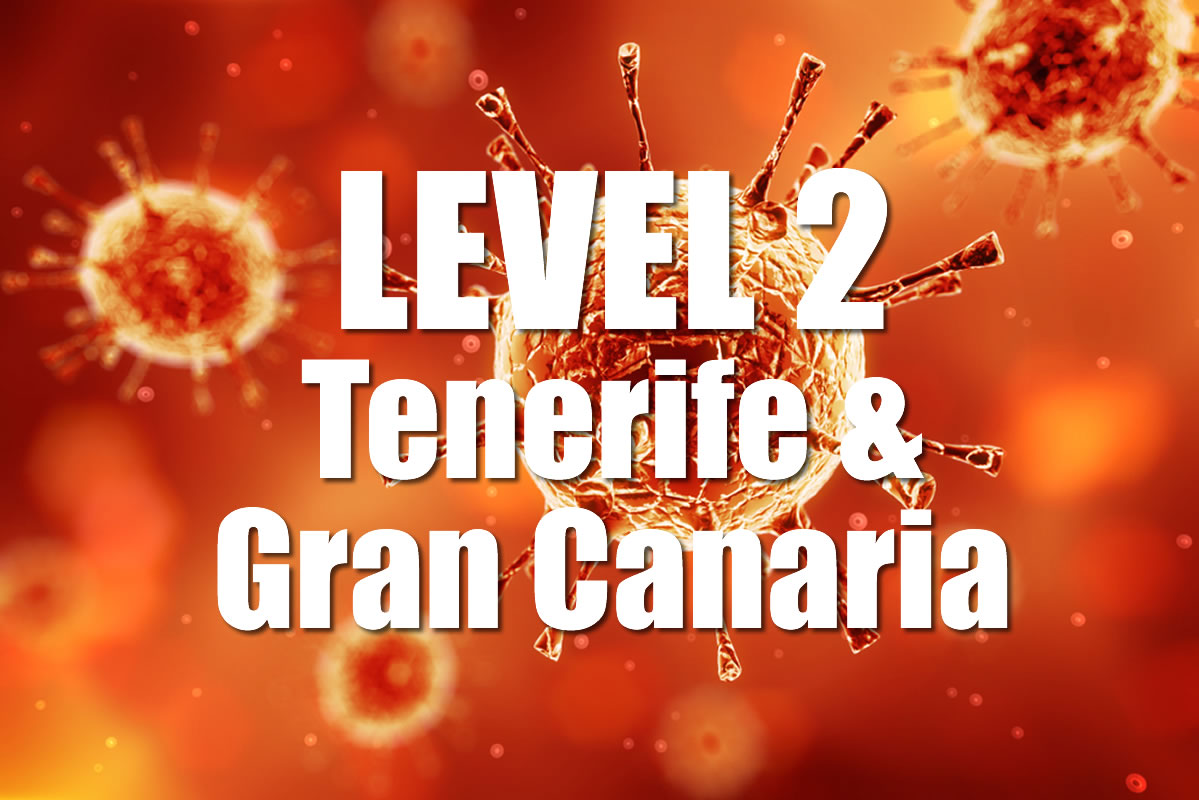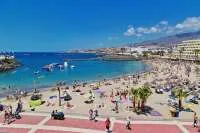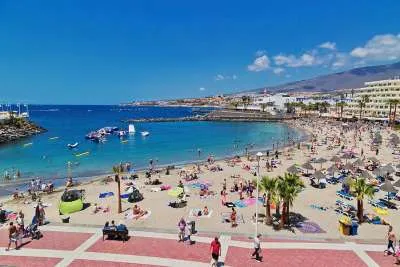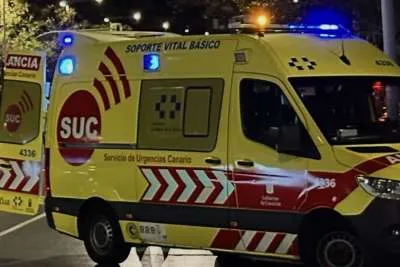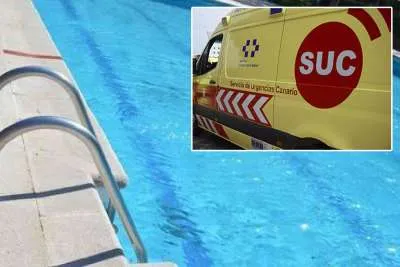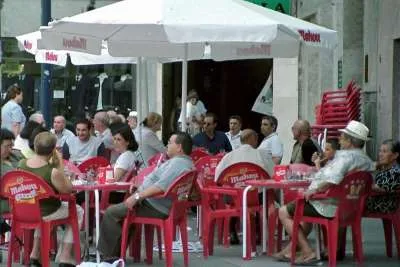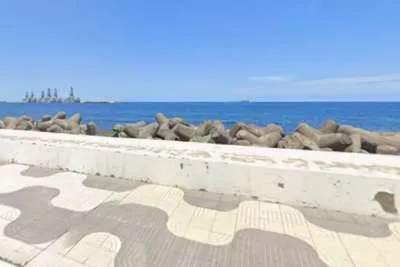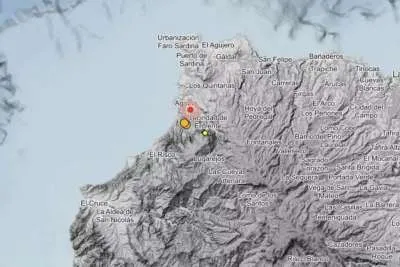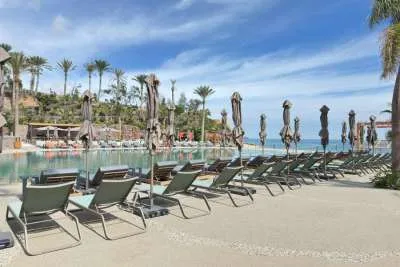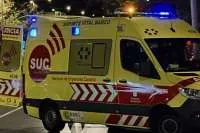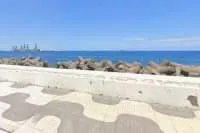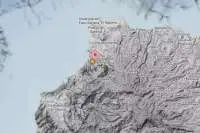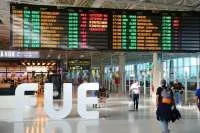OFFICIAL: Tenerife and Gran Canaria go up to alert Level 2
- 10-12-2021
- National
- Canarian Weekly
The Ministry of Health of the Canary Islands have officially updated the health alert levels this afternoon (Friday) after the epidemiological report of the General Directorate of Public Health was reviewed in the Governing Council meeting yesterday, which sees Tenerife and Gran Canaria move up to Level 2. The rest of the islands continue for another week at the alert level they were in, which are: Fuerteventura at Level 3 and La Palma, La Gomera, El Hierro, and Lanzarote at alert Level 1.
The level change in Tenerife and Gran Canaria comes into effect at 00:00 on Monday (December 13th), being subject to periodic re-evaluations, even before the date indicated if necessary.
In the Canary Islands, between December 2nd and 8th, there were 2,516 new cases of COVID-19 reported, which represents an increase of around 17.5% in the daily average of new cases in relation to the previous week, in which 2,141 cases were registered.
The 7-day incidence rate in the Canary Islands as a whole, and by islands, also increased by 17.5%, so that, from a weekly average of 98.40 cases per 100,000 inhabitants, this increased to 115.60 cases in just a week. The greatest increase is seen on the island of Fuerteventura, although in general, this indicator has started to stabilize in the last week.
All the islands are at a medium risk level, except Fuerteventura, which is at a very high-risk level, while El Hierro remains at a controlled circulation level. The IA7 is at high or very high risk on all the islands, except La Palma and La Gomera, which are at medium risk.
The IA14 rate has increased on all islands and remains at high risk. Gran Canaria, Tenerife, Fuerteventura, and Lanzarote are at a high-risk level; La Gomera and La Palma are at medium risk, and El Hierro is in controlled circulation.
The evolution of the incidence rates responds to the general relaxation in the maintenance of non-pharmacological preventive measures (masks, social distancing, poor ventilation, lack of handwashing) despite the fact that their efficacy has been amply demonstrated. Therefore, the Ministry of Health insists on the need to maintain preventive measures to avoid risks of transmission of COVID-19: use of a mask perfectly covering the nose and mouth when indicated, especially indoors; respect for social distancing; and maintaining cross ventilation and hand hygiene.
HEALTHCARE INDICATORS:
Regarding healthcare indicators, the daily average of conventional hospital beds occupied during the last week by COVID-19 patients increased 46.2% compared to the previous week, with an average of 253 beds occupied. In most of the islands, the percentage of occupancy is at a low-risk level, except in Gran Canaria, which is at medium risk, and Lanzarote and El Hierro, which are at very low risk.
The number of ICU beds occupied by COVID patients continues the upward trend that began four weeks ago, increasing by 40% compared to the previous evaluation. In the Islands as a whole, it has gone from an average of 35 ICU beds occupied two weeks ago, to 49 in the last week, with an occupancy percentage of 9.9% and low risk. Most of the islands continue to have a controlled circulation level in ICU bed occupancy, except for Gran Canaria, which is at medium risk.
The median age of all people hospitalized for COVID-19 in the last 14 days is 68 years old.
65.2% of the people admitted to critical care units diagnosed during the last 2 weeks, had not been fully vaccinated. 71.5% of the people admitted for COVID and diagnosed in the last 14 days had no previous pathologies, this percentage increased in unvaccinated patients in whom 77.8% had no other known pathologies.
The cumulative incidence rate of COVID-19 cases in the last week is 2.42 times higher in the population that has not received any vaccine, compared to the rate in the population that has received the full regimen.
Other articles that may interest you...
Trending
Most Read Articles
Featured Videos
A Vision of Elvis Tenerife Promo
- 10-05-2025
Tenerife Travel Guide
- 13-12-2024
Live webcam from Lanzarote airport
- 13-12-2024


